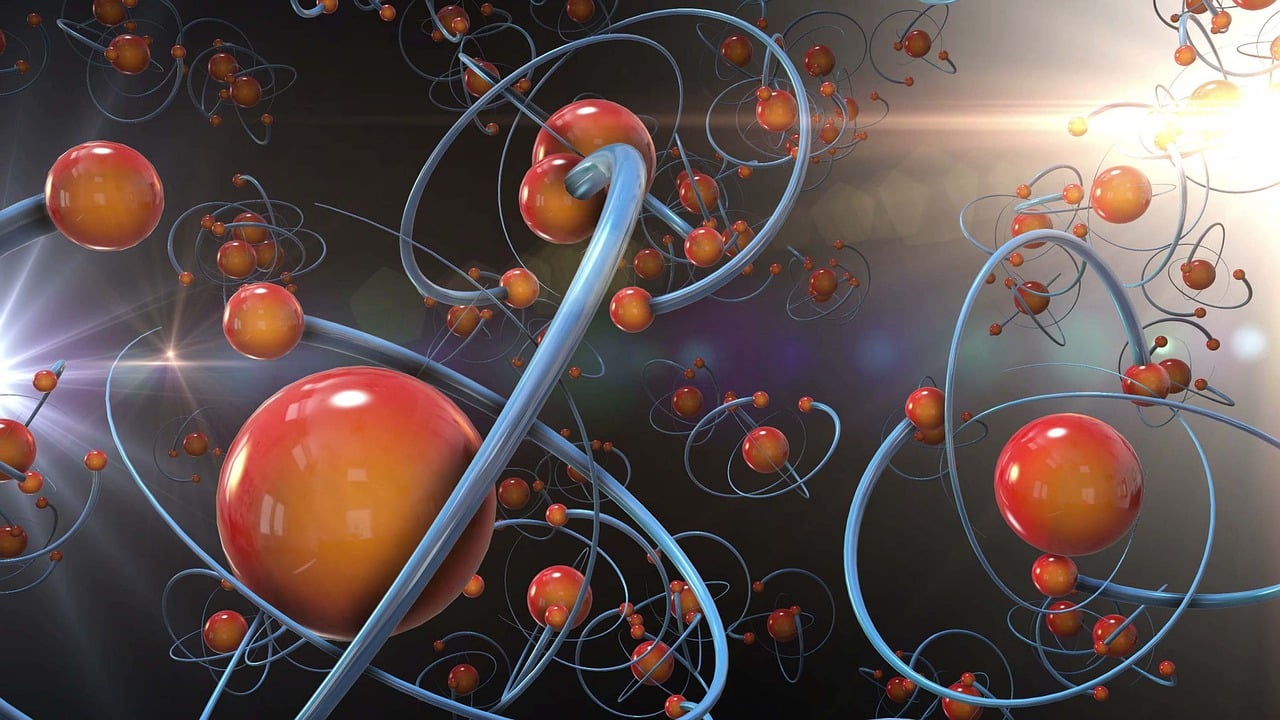Applied AI in Sciences
- General challenges in scientific research.
- Image and video modelling.
- Audio and sequence data modelling.
- Language modelling.
- AI tools for scientific research.
- YOLO object detection.
- U-net semantic segmentation.
- Graph neural networks.
- Generative adversarial networks.
- Deep Q-learning.
- Mathematics
- Discovering better performing algorithms.
- Predictive control of aerial swarms in cluttered environments.
- Physical and Analytical Chemical Sciences
- Predicting properties of inorganic materials using machine learning.
- Optimizing chemical reactions using deep reinforcement learning.
- Systems and Communication Engineering
- Electric load forecasting.
- Universe Sciences
- Characterising gravitational waves.
- Earth System Science
- Rapid detection of earthquakes for early warning systems.
- Earth system modelling.
- Hydrology forecasting.
- Introduction.
- Overview of the major challenges in the fields.
- Molecules of Life: Biological Mechanisms, Structures and Functions
- Protein structure prediction.
- Drug discovery and development.
- Learning functional properties of proteins.
- Integrative Biology: from Genes and Genomes to Systems
- Identifying new genes.
- Cellular, Developmental and Regenerative Biology
- Subcellular segmentation in living cells.
- Physiology in Health, Disease and Ageing.
- Classification of skin cancer from dermoscopy images.
- Detection of diabetic retinopathy in retinal fundus.
- Chest X-ray interpretation.
- Immunity, Infection and Immunotherapy
- Bacterial image analysis.
- Environmental Biology, Ecology and Evolution
- Identification of wildlife images
- The Social World and Its Diversity
- Socioeconomic status inference from aerial imagery.
- The Study of the Human Past
- Predictive archaeology.
- Human Mobility, Environment, and Space
- Modelling pandemic parameters through simulated population dynamics.
- Understanding urban growth patterns.

